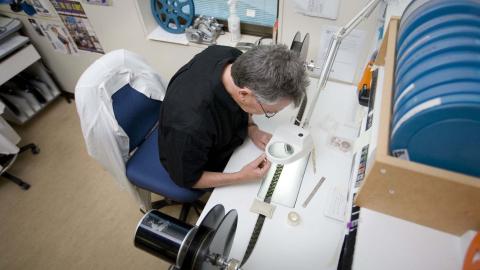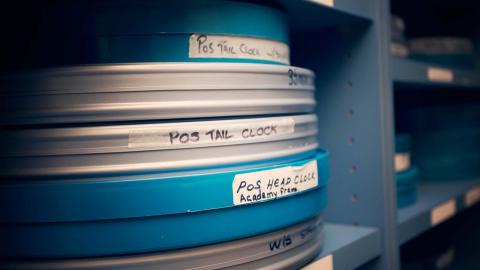
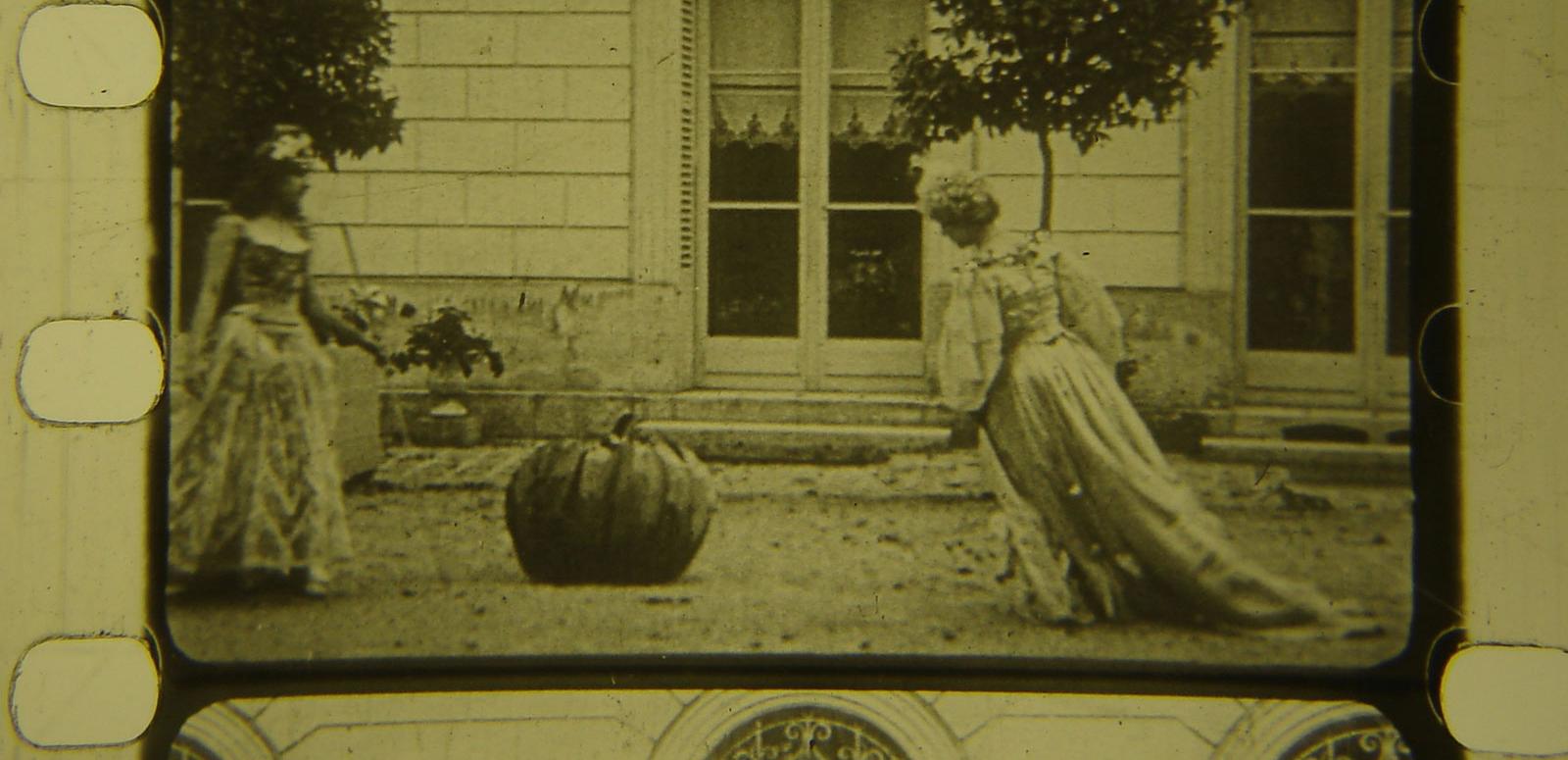
The magic of film preservation
It’s not very often that issues which resonate with the work of film archives are raised in a Hollywood movie, but that is exactly what Martin Scorsese’s most recent film Hugo (based on Brian Selznick’s novel The Invention of Hugo Cabret) does. Hugo is a young orphan who, in the process of repairing an automaton left behind by his late father, discovers the incredible films of Georges Méliès. Hugo’s fictional story is intertwined with an account of Méliès’ life and work: his passion for entertainment and his curiosity for the then-new medium; his innovative filmmaking methods; the rise and fall of his production company; the financially-driven loss of many of his films and the anonymity that followed his bankruptcy; and finally, the public and artistic recognition of his filmography in his later years.
Prints of Méliès’ works were dispersed around the world through film distribution mechanisms. Australia was one of these destinations for Méliès’ and other French films which were screened in theatres in large centres and on tour around the country as part of travelling variety shows. Méliès produced more than 500 films between 1896 and 1913, but many of them are believed to be lost forever. Although French films of that era were, arguably, the audience favourites in Australia, the NFSA now holds only a few titles. The reason is that in the 1990s, the NFSA undertook an ambitious program to repatriate these films to France because with funds and facilities stretched to the limits, it could not hope to preserve so many films in a reasonable timeframe, so it was better to return them than lose them forever to the ravages of time. During that period, more than 200 French films from the first two decades of cinema were returned to France where, happily, they have been preserved.
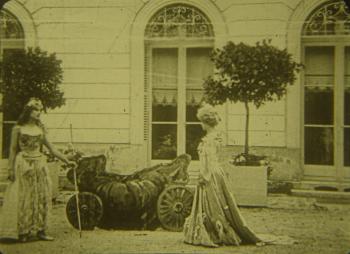
At the NFSA, and all film archives, the act of preserving a film is one of care and dedication. It’s also about understanding the film, its content and its context in order to be able to present it in the way it was intended. There are many issues to be considered when dealing with the films from the era in which Méliès worked, including the fragility of the original, the technology used to make and then to project it, and the representation of colour. Films were short – not more than 10 minutes in most cases – and they were made using hand-cranked cameras and shown using hand-cranked projectors meaning jerkiness and flickering were part of the cinema experience – something which is not tolerated by today’s audiences. Colours were made from dangerous compounds, including uranium and cyanide, and they gave such dazzling colour that audiences were reported to have gasped at them – those colours are now lost to film. The art of preserving such films means not losing these integral characteristics, while simultaneously making them acceptable to modern audiences. It’s a fine line and it’s not easy.
Many films from the early days of cinema are lost forever. Some were screened over and over again until they literally fell apart. Others perished in fires – many of them caused by the highly unstable and flammable nature of the cellulose nitrate they were made of. The rest were not considered valuable enough to be preserved, and were simply destroyed.
Luckily, others managed to survive the passage of time. Over the years, filmmakers’ skills increased and the technology at their disposal progressed exponentially. The cinema-going public’s taste also matured. Eventually, ‘old’ films were given a new life in the home market. From the second decade of the 20th century many of the original nitrate films were transferred to a diacetate safety stock on a variety of gauges – 28mm, 22mm, 9.5mm and later onto 16mm and 8mm, and released into the flourishing home market. Truly, this was the way many of them have survived.
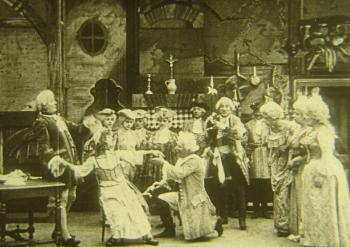
Notwithstanding the repatriation project, and in a bid to retain that early cinema history, the NFSA still holds Méliès films from this period of cinema on 35mm nitrate, as well as on those home market formats. Titles in the NFSA collection include: La Lune à un Mètre (1898) on 35mm access print; Le Voyage dans la Lune (1902) on 35mm nitrate preservation print; Le Royaume des Fées on 16mm access print; Le Voyage à Travers l’impossible (1904) on 16mm access print and Cendrillon ou la Pantoufle Merveilleuse (1912) on 28mm diacetate preservation print. The Non-Theatrical Lending Collection offers 44 Méliès films.
For more information on how you could access this material, visit our screening loans page. Information about our Access Centres can be found here.
It’s true that you can see Méliès’ work on YouTube, but those low resolution videos reflect poorly the magnificence of his films. The only way to experience them is to see them in a cinema on a large screen, with an audience – you will not regret it.
Main Image: Frame from George Méliès’ Cinderella or The Magnificent Slipper (1907). NFSA Title No: 758660 Pathe Freres
The National Film and Sound Archive of Australia acknowledges Australia’s Aboriginal and Torres Strait Islander peoples as the Traditional Custodians of the land on which we work and live and gives respect to their Elders both past and present.
